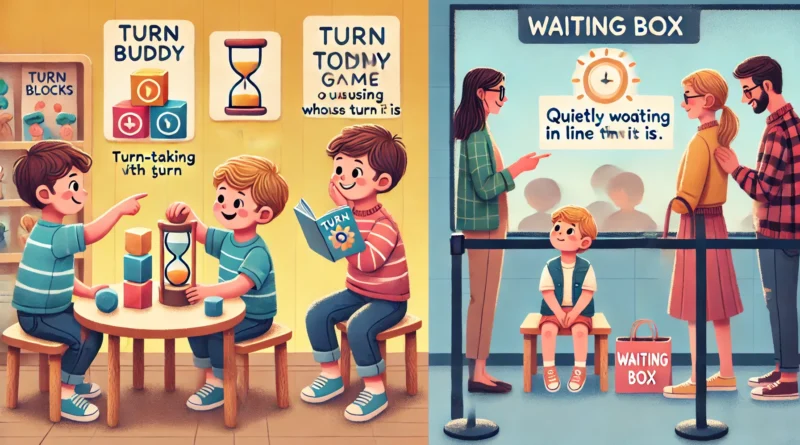How to Teach Young Children About Patience and Waiting Their Turn
Patience doesn’t come naturally to most young children—but it’s a skill they can absolutely learn with support and practice. Teaching patience helps kids regulate their emotions, build better relationships, and succeed in group settings. With playful strategies and positive reinforcement, your child can grow more comfortable with waiting, taking turns, and handling delays.
Why Patience Matters
- Promotes self-regulation and impulse control
- Improves social skills and turn-taking
- Builds frustration tolerance
- Supports focus and problem-solving
- Encourages respect for others
Option 1: Teach Patience Through Turn-Taking Games
Activity Idea:
Play board games, block stacking, or simple “Your Turn, My Turn” activities.
Use a visual cue like a sand timer or passing object (like a “Turn Buddy” plush).
Narrate as you play: “Now it’s your turn… now it’s mine…”
What Kids Learn:
- How to wait and watch without interrupting
- Listening and timing skills
- That sharing turns can be fun
Tool Suggestion:
Create a “Turn Tracker” with names or pictures to show whose turn it is next.
Option 2: Use Everyday Situations to Practice Waiting
Activity Idea:
Build patience during small delays, like:
- Waiting for a snack to cool
- Standing in line at the store
- Waiting for the green light on a walk
Use strategies like:
- Deep breaths together
- Counting or singing a song
- Talking through what will happen next
What Kids Learn:
- Real-world application of patience
- Emotional regulation during wait time
- Positive coping tools
Book Suggestion:
Waiting Is Not Easy! by Mo Willems — a humorous book that helps kids relate to waiting and learn why it’s worth it.
Other Ways to Support Patience
- Model it yourself: “I’m feeling a little impatient, so I’m taking deep breaths.”
- Praise waiting efforts: “You waited so calmly for your turn—great job!”
- Create a ‘waiting box’ with quiet toys or books for long waits
- Use timers or countdowns for visual reinforcement
Final Thoughts
Teaching patience is a gift that keeps on giving. When children learn to wait calmly and take turns, they build essential life skills that support their growth in every area—from school to friendships to emotional well-being. With time, tools, and lots of encouragement, patience can become a peaceful part of your child’s daily life.
